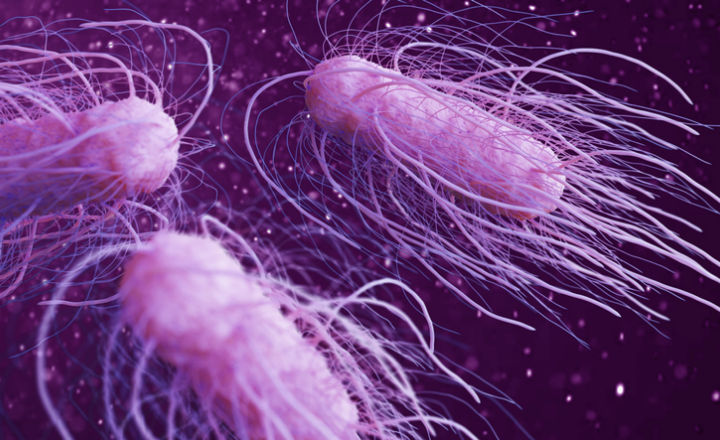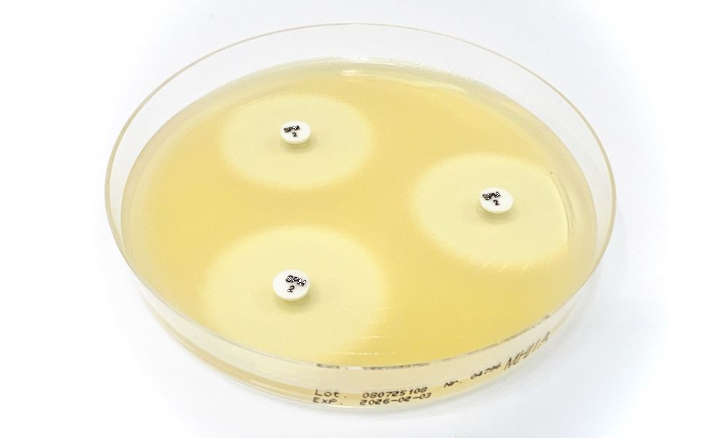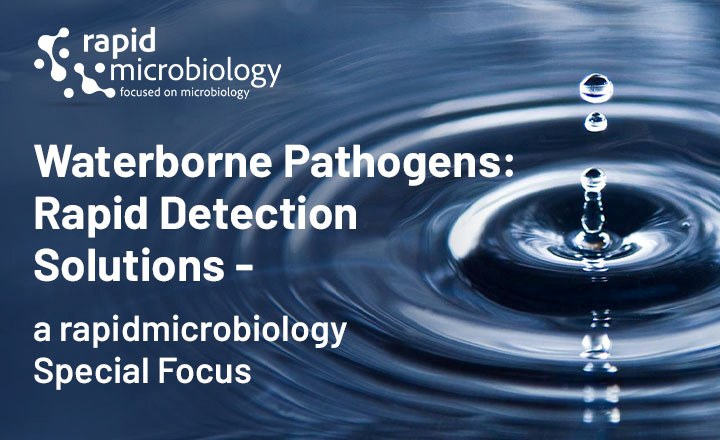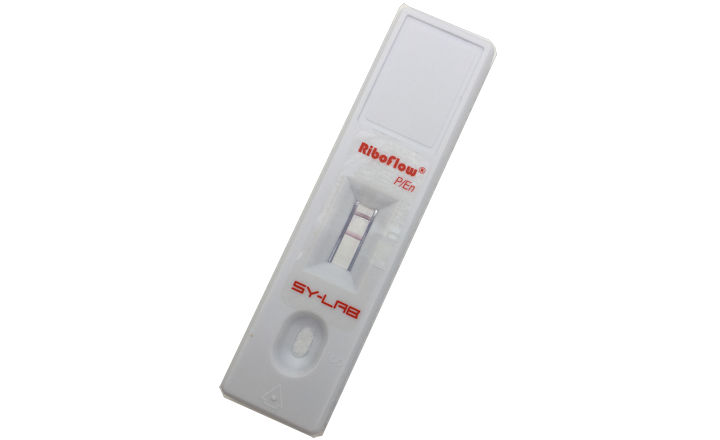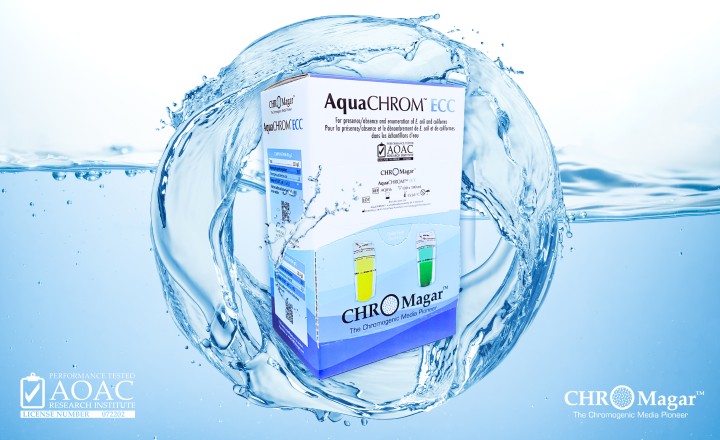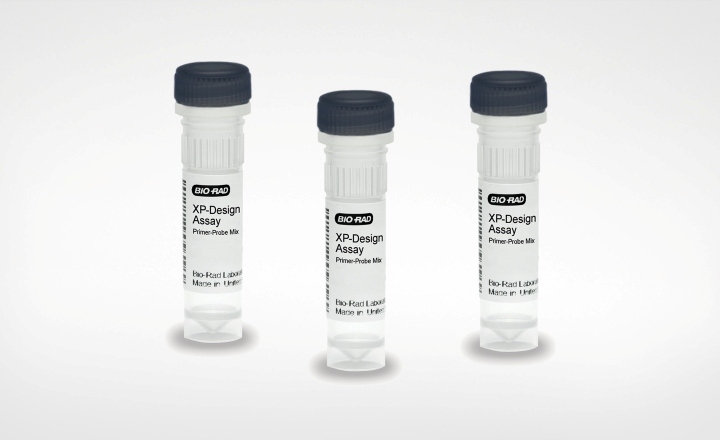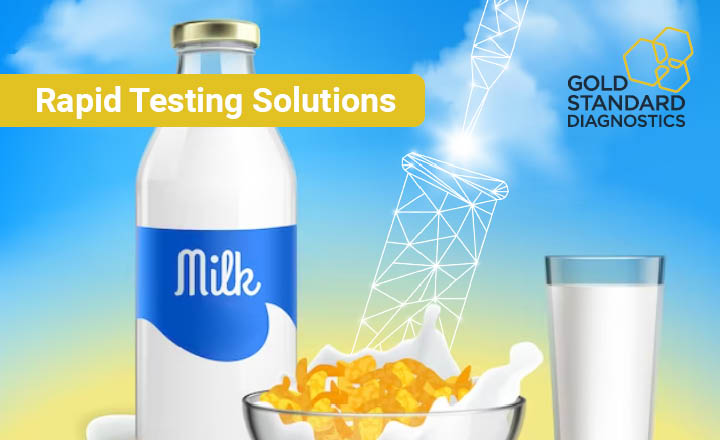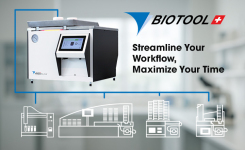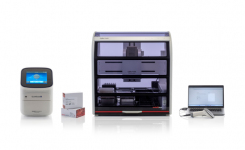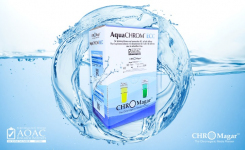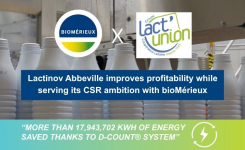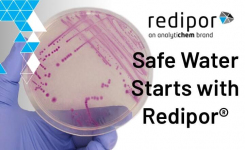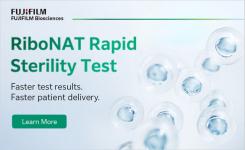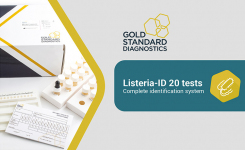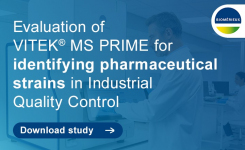Shiga-toxin producing E. coli (STEC) are concerning organisms for the food industry, with outbreaks reported on a regular basis. In extreme cases, STEC food poisoning can be life-threatening. Though less severe, Salmonella also causes food poisoning and remains infamous for its ability to cause food safety issues. This paints the picture of why it is important to keep up to date with the latest detection methods and technologies for these virulent species.
On Thursday 27 February, Campden BRI is running a seminar with expert international speakers to cover the latest thinking, developments, and research in this field, with the aim of helping the food industry prevent STEC and Salmonella contamination.
We’ve pulled together summaries from a few of the speakers to provide an insight into the issues that the industry faces and how they are being tackled.
Exploring diagnostic and control solutions for STEC infections in animals and humans
Prof Roberto La Ragione, University of Surrey
In humans, STEC can cause gastrointestinal disease and, in severe cases, kidney failure. We sometimes find this pathogen in the environment where it can colonise the intestines of farmed, wild, and domesticated animals and birds – potentially leading to faecal contamination. Human infection is normally associated with livestock contact or the consumption of poorly prepared food. Ruminants are considered to be the main reservoir of infection for humans, although STEC causes no clinical disease in these animals.
Rapid, sensitive and specific diagnostics are essential for the surveillance of STEC and to ensure a timely diagnosis and the appropriate management of human cases. This talk will focus on the current developments regarding control strategies and emerging novel diagnostic technologies for STEC to help delegates control this pathogen.
Investigating the causes of PCR positive/culture negative STEC samples
Dr. Kaye Burgess, Teagasc
The main virulence factors of STEC are bacteriophage encoded cytotoxins called Shiga toxins (Stx 1 and 2). Stx phages can be present either integrated with the STEC chromosome as a temperate bacteriophage or as free particles in the environment. This poses challenges for molecular detection methods such as polymerase chain reaction (PCR) which are based on the detection of specific target gene(s) associated with microorganisms. As a result, this can give rise to a phenomenon where samples may show positive for Stx genes when run in a PCR but negative when using culture-based methods (as the target microorganism cannot be isolated if it doesn’t contain the Stx genes). Such discrepancies between methodologies have been reported in a range of sample types and pose a significant challenge for public health professionals.
Kaye’s talk will focus on elucidating the causes of PCR positive/culture negative samples in STEC detection and methodologies which can be employed to identify the causes of the phenomenon. A greater understanding of the causes of the phenomenon will support risk assessment and will further enhance the methods for STEC detection.
Best of both worlds in Salmonella testing
Dr. Kirsten Mooijman, Netherlands National Institute for Public Health and the Environment
For incubation of microorganisms at ‘human body’ temperature, slightly different temperatures are used in different parts of the world: 37°C is generally used in Europe, while 35°C is generally used in the USA. The reasons for the differences in incubation temperatures are unclear, as is the impact on our ability to detect Salmonella at either temperature.
For the worldwide harmonisation of microbiological methods, it is important to harmonise the incubation temperatures. This has drawn the attention of the ISO subcommittee ‘Microbiology of the food chain’. The subcommittee has drafted a protocol to test any differences in our ability to detect Salmonella at 35°C versus 37°C when incubated in selective enrichment broth and on isolation media.
Members of the ISO subcommittee were requested to apply the protocol, preferably to natural (‘routine’) samples with high amounts of background flora. Results were received from nine laboratories across six different countries, representing 850 test results.
At the seminar, Kristen will discuss the results received for the two temperatures, including:
- whether the differences in the number of samples positive for Salmonella were within acceptable limits, and
- whether there were differences in the amount of background flora
Finally, Kristen will reveal the temperature range to incubate Salmonella when detecting this organism on selective media.
The British Lion Quality scheme - a UK success story
Mark Williams, British Egg Industry Council
The UK has a successful egg industry that is highly efficient, innovative and responsive to consumer demand. It also delivers a high standard of food safety through the British Lion Quality scheme. In 2019, there were 41 million laying hens, 200 eggs were consumed per capita, and the industry was 87% self-sufficient.
Mark’s presentation will include background to the ‘Salmonella in eggs’ crisis of the 1980s and will cover what the industry, through the Lion Code of Practice, has achieved in reducing the levels of Salmonella in poultry flocks through vaccination of hens, placing greater focus on hygiene, and controlling rodents on farms. This will help delegates understand the powerful impact a well-executed scheme can have in reducing the levels of a pathogen in a popular food.
E. coli and Salmonella – control in the food industry
Stine Lønnerup Bislev, Vikan
This presentation will highlight the issues with E. coli and Salmonella in food production environments. Both E. coli and Salmonella are faecal bacteria and they can be easily introduced into (and spread throughout) food production facilities via raw ingredients, dirty packaging, equipment and workers’ hands, and clothing.
There are five essential steps to control E. coli and Salmonella in the food industry:
- step one: prevent E. coli and Salmonella entering the processing facility by controlling equipment, raw materials, pests, and people
- step two: undertake proper cleaning and disinfection procedures
- step three: implement E. coli and Salmonella contamination prevention procedures by using correct cleaning methods, separate areas for different levels of hygiene control, and colour-coded cleaning equipment and food handling tools
- step four: use equipment of good hygienic design
- step five: monitor E. coli and Salmonella in the environment
Stine will elaborate on these points in her presentation to help delegates control these pathogens in their manufacturing environments.
There will also be presentations from Public Health England – Dr. Lisa Byrne will cover the investigation into an outbreak of STEC O157 in England in August 2017, and Dr. Lesley Larkin will focus on using whole-genome sequencing for Salmonella outbreak investigations.
The seminar will be held at Campden BRI on 27 February.
About the Author

Fiona Cawkell, Microbiology Proficiency Scheme Manager, has worked for Campden BRI for over 30 years after starting her career managing a microbiology laboratory. She co-founded the Campden Microbiology Proficiency Scheme (CMPS) in 1993 and also delivers training to the food industry. Fiona and her team have been proactive in developing CMPS to fit the ever-demanding requirements of microbiology testing laboratories.






